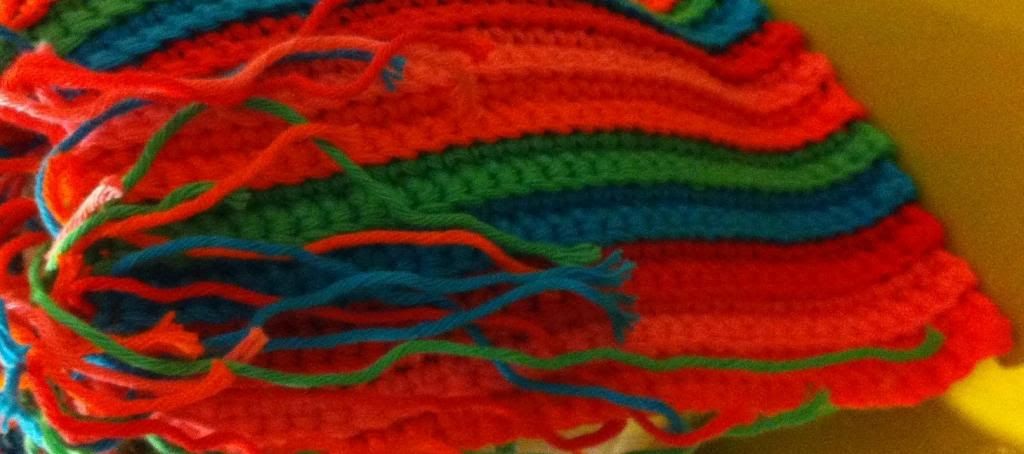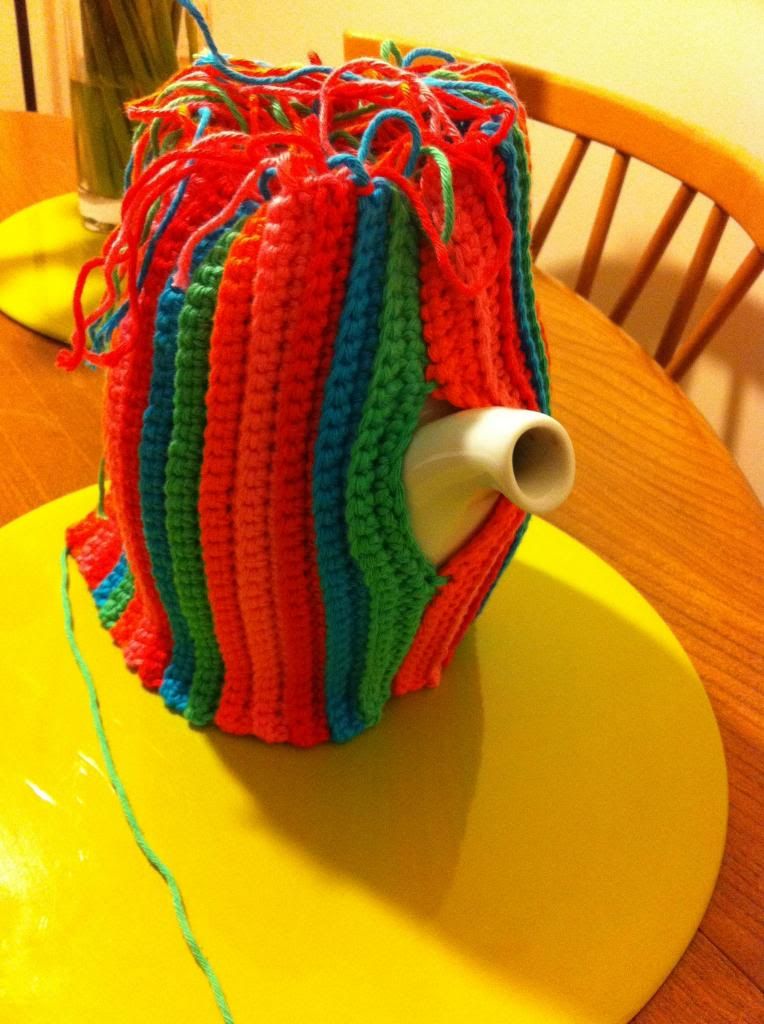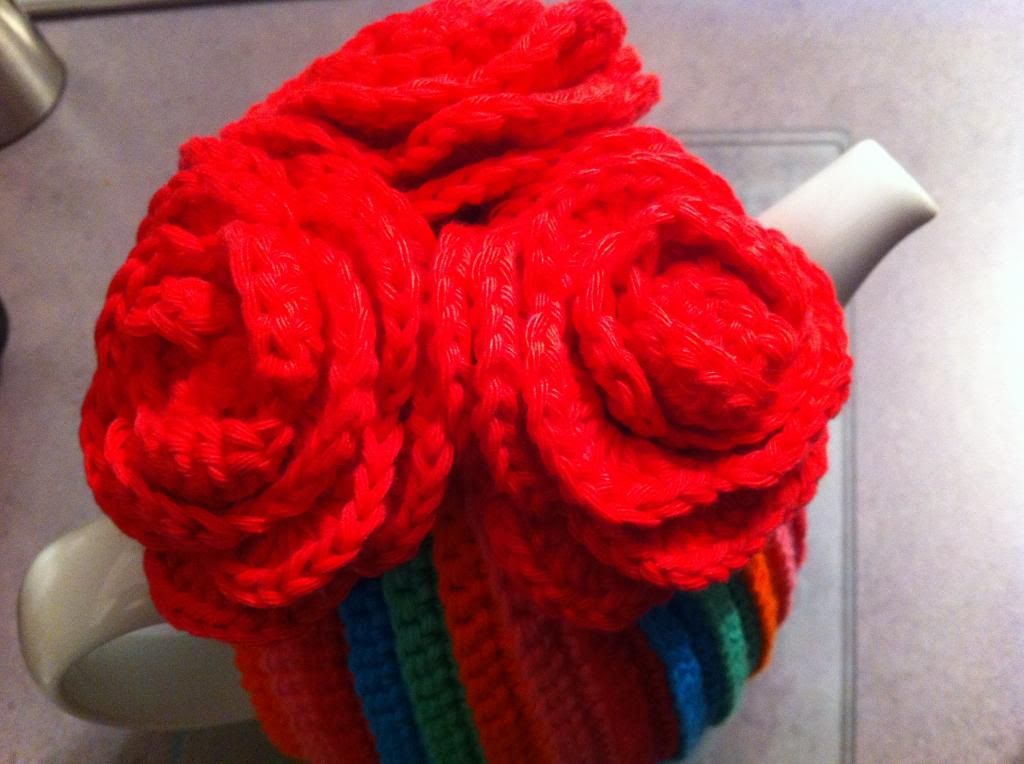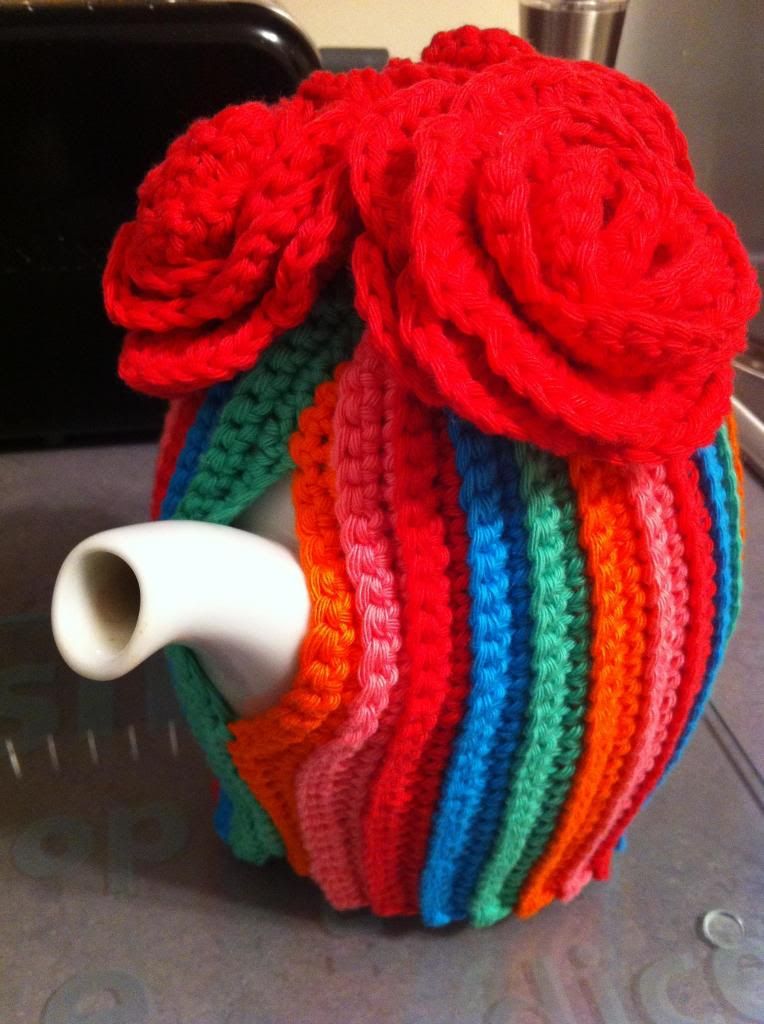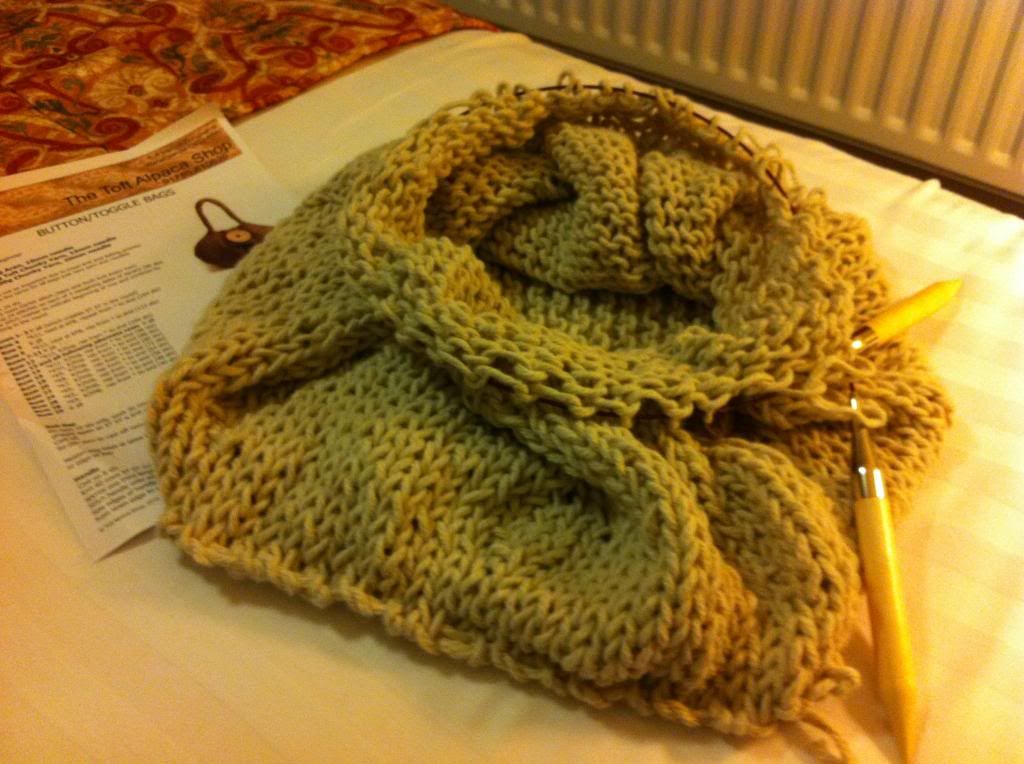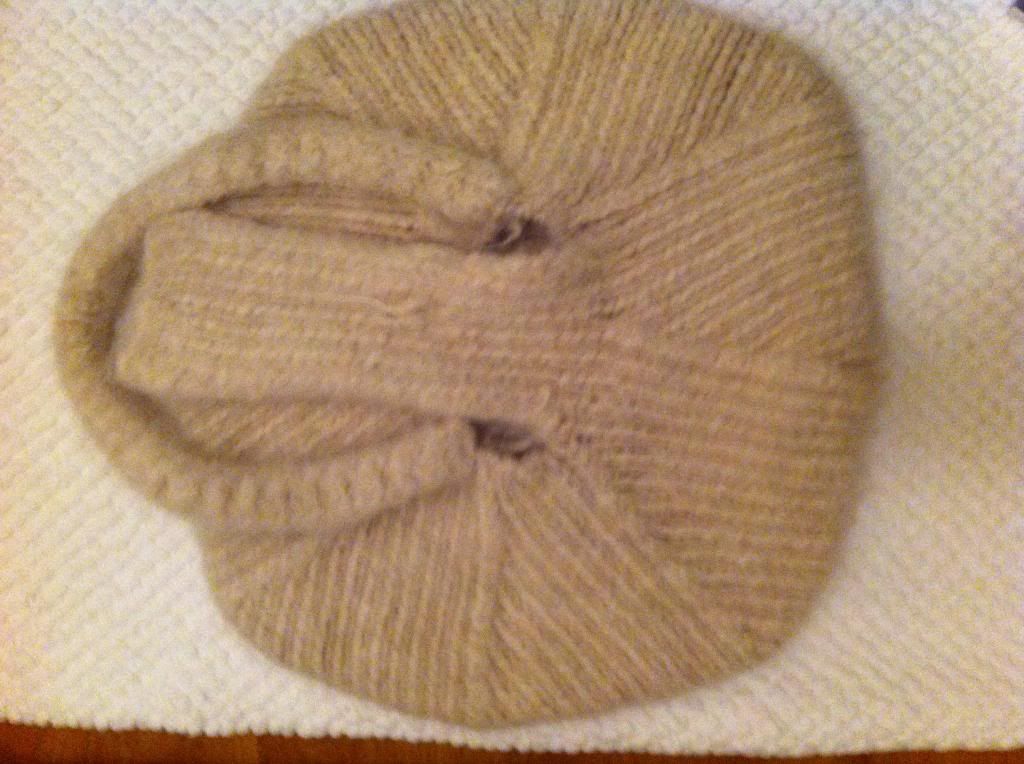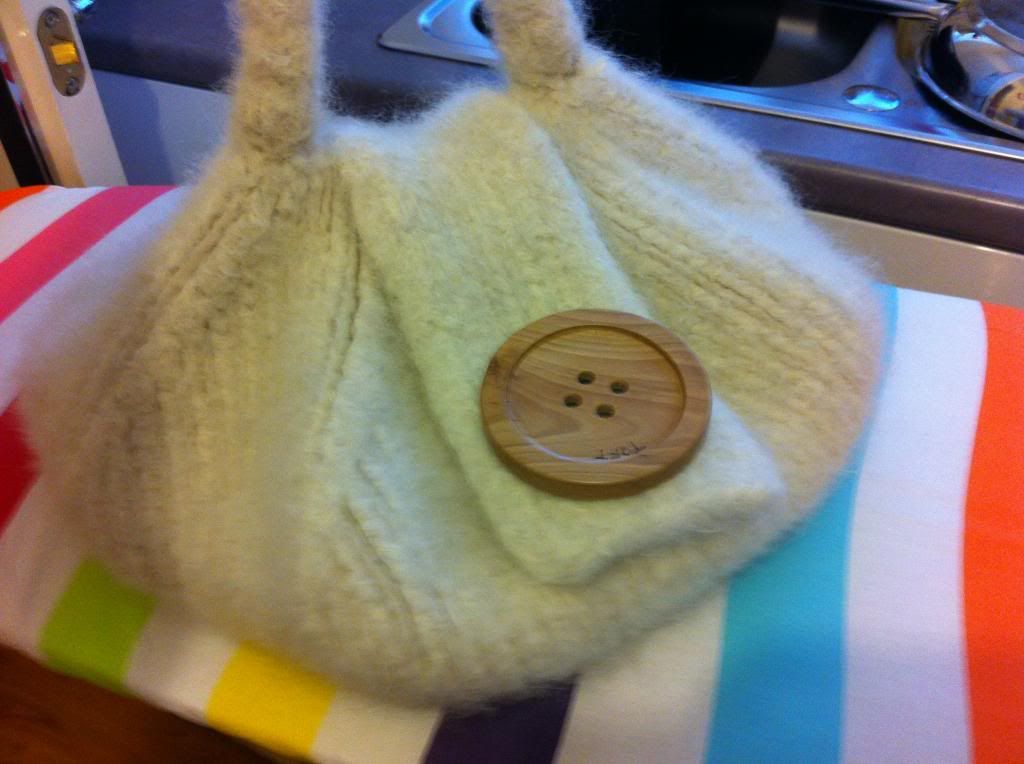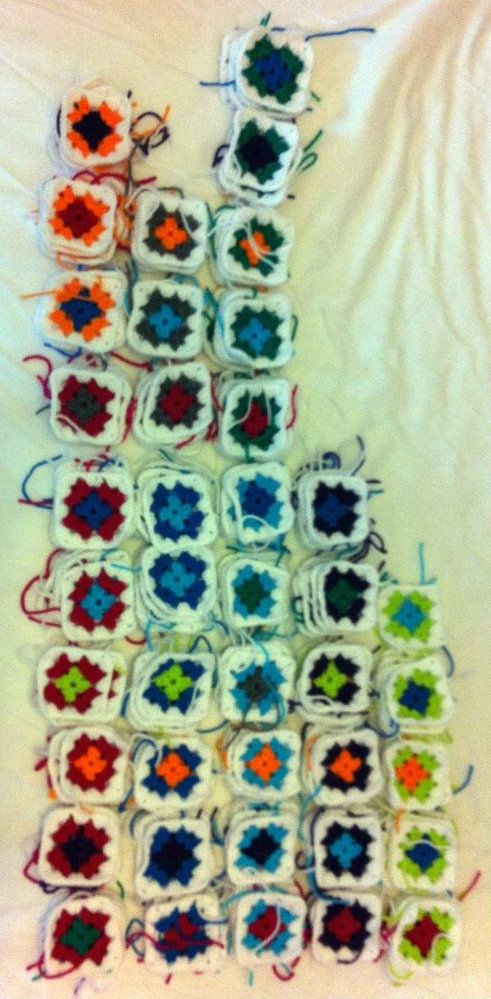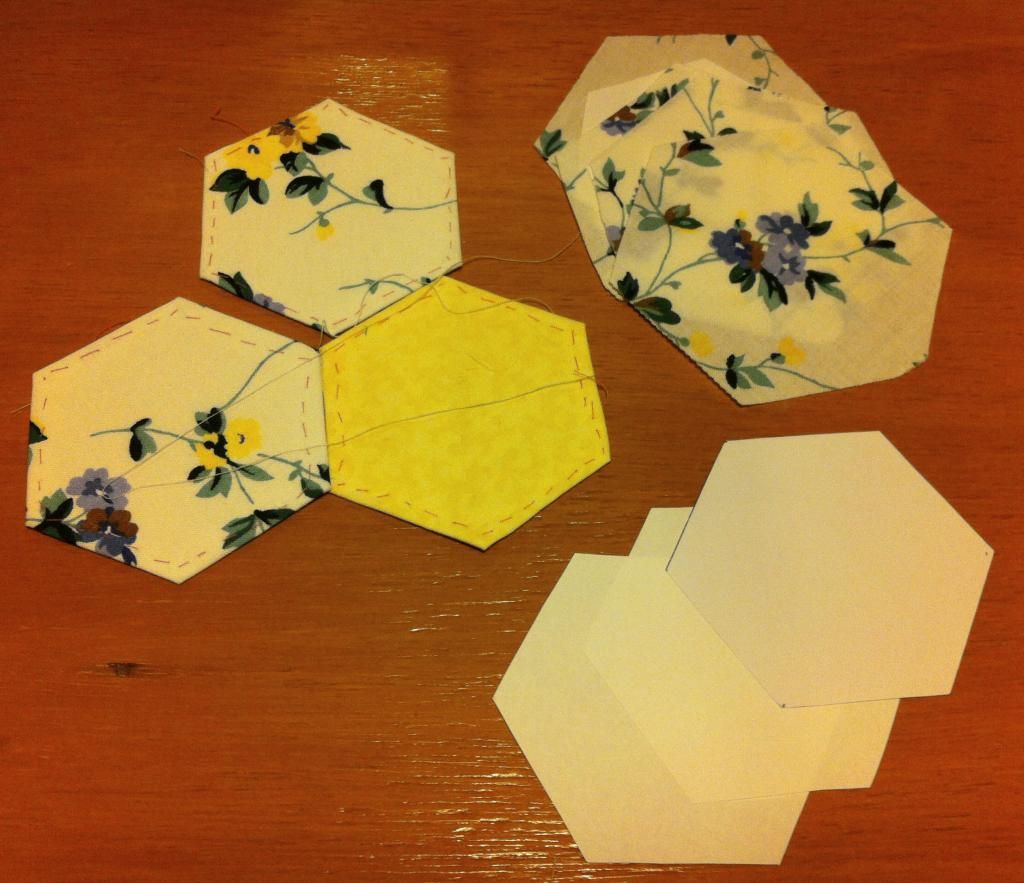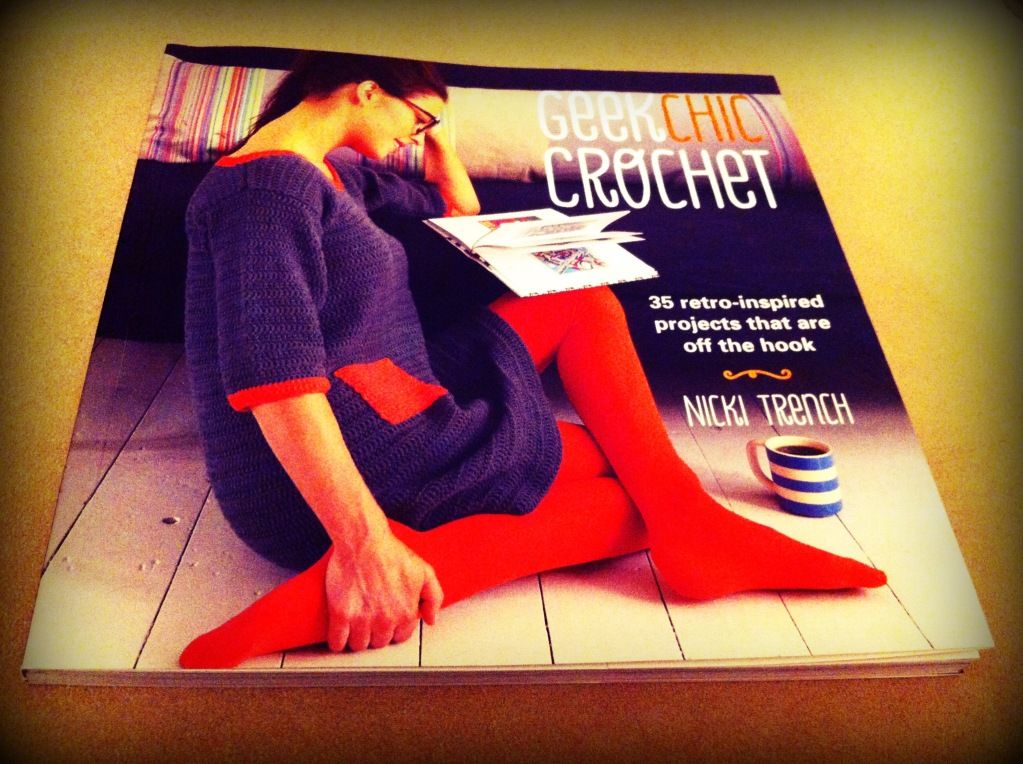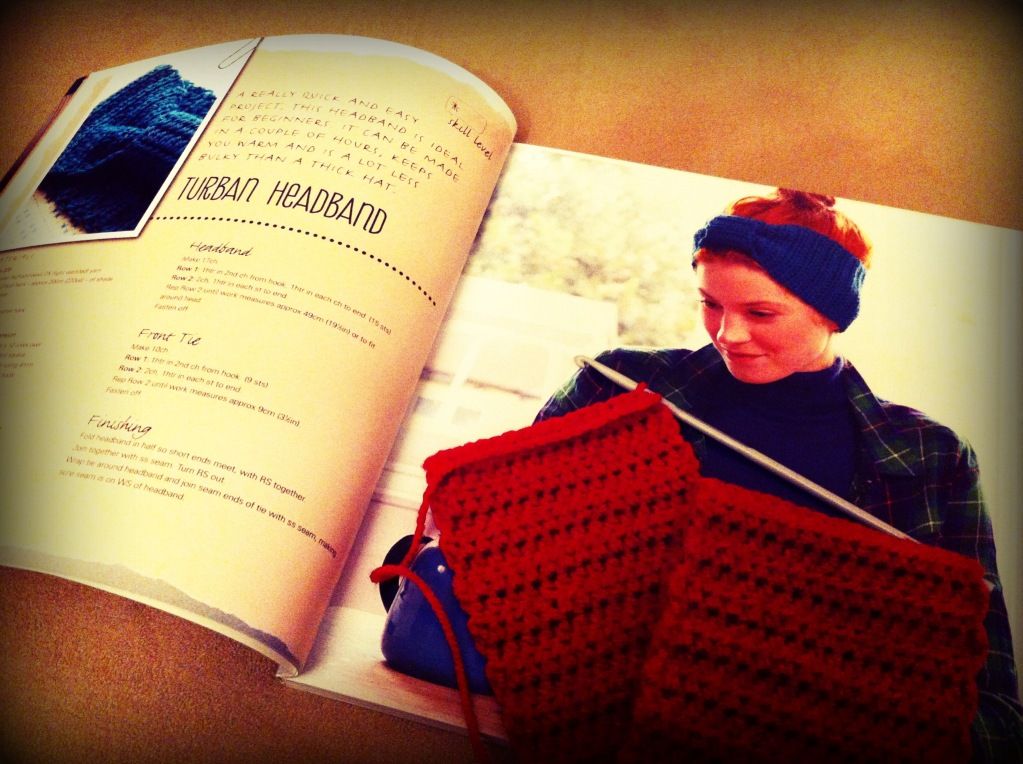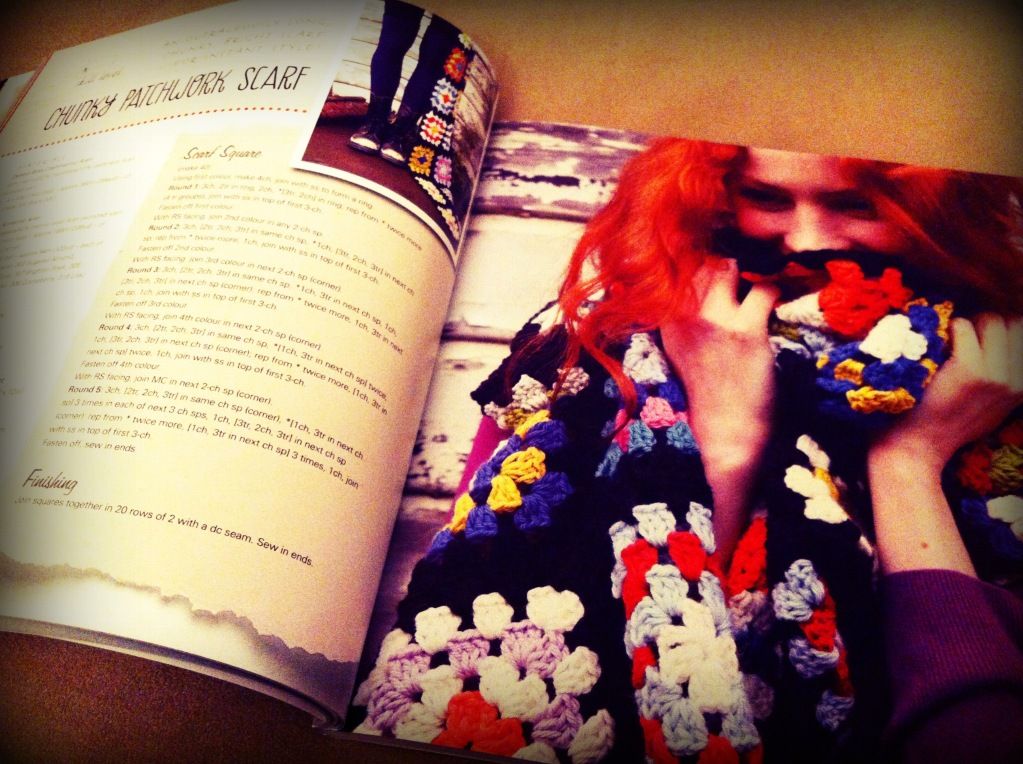I finished something!!!
When I moved into my flat a bought a gorgeous dinner service by Denby, the White collection. It’s such a pleasure to use but the teapot isn’t the usual round shape so no tea cosies I could find would fit properly.
I decided to break into my Rico Creative Cotton Aran stash from The Wool Warehouse and have a go at making my own after being inspired by one a saw on Lululoves.
The Lululoves version was topped off with a pompom, I only had cotton yarn and I though the pompom might look abit droopy, so I had a little search on Ravelry and found this lovely tea cosy by Leah Maxwell. The Roses used in this design are a really simple pattern from the pom pom emporium.
With my two designs as inspiration, I set about making everything up as I went along, which is a definite first for me; I usually like a pattern to follow!
Here is my basic method:
- Chain enough stitches to reach from the base of the teapot to 1” above the lid, making sure to lay the stitches around the curves of the teapot to check the length is right.
- Row 1: Make a double crochet into the 3rd chain from the hook, and continue to double crochet into every chain along the row.
- Row 2 and every even row: Chain 3 and double crochet into the back loop only of every stitch along the row.
- Row 3 and every odd row: Change colours and crochet into the back loop only of every stitch along the row.
- I like to change colours on the last stitch of the row before, so when I have 2 stitches left on the hook rather than yarn over the old colour and pulling that through the 2 stitches on the hook, I yarn over in the new colour, leaving a 4” tail, and pull the new colour yarn through the 2 stitches on the hook in the old colour. Then I’m all set to start the next row by chaining 3 with the new colour. This makes sewing in the ends lovely with no lumps and bumps from the colour change.
Carry on double crocheting into the back loop only of every stitch, changing colours after 2 rows until your crochet will reach from the handle to the spout with the stripes running from the base to the lid of the tea pot.
Crocheting into the back loops makes the fabric more ribbed and stretchy so it will stretcher a little around the widest part of the teapot.
Crocheting into the back loops makes the fabric more ribbed and stretchy so it will stretcher a little around the widest part of the teapot.
When you are happy with the width of your crochet, stop and repeat exactly what you have just done to create a separate piece with exactly the same amount of stitches and rows.
For my tea cosy I used 5 colours; dark pink, light pink, blue, green and orange. These colourful rows of stripes were repeated in the same order 4 times for each piece.
Now you have two separate pieces that are as tall and as wide as your teapot, you just need to stitch up so there is a hole for the spout and the handle. I sat with my teapot infront of me and slipstitched the pieces together with my hook, trying on as I went to get the best fit.
When it came to the side with the handle, I sewn from the lid down to the top of the handle. Then left a space for the handle. I then worked out where would be best so sew a button underneather the handle, so I could open the button to get the cover off and on. When I worked out the position I slip stitched along the edge of the cosy, from the bottom edge up to my button location, chained 5 stitches once I reached he button location and slip stitched back into the stitch I started my first chain, to create a little loop to sit over the button. On the opposite edge I sewn the button into position.
You need to sew in all the ends! If your very organised you could have done this as you went along... However I like to leave it until the very end and moan about doing it for days, until I actually get around to sewing them in, which takes less than 1hr in front of the TV one evening.
Now gather your top edge together so less heat can escape from the cosy. I decided to use the same edge which all my woven ends were, so the visible edge around the base of the teapot was a neater finish. I simply inserted my needle through the middle V of the last stitch on every other row, basically grabbing one stitch of every colour all around the top edge. I then pulled the thread tight to gather it all up and anchored the thread by weaving it into the top edge of the cosy.
After crocheting the beautiful roses your ready to stitch them to the top of the cosy, wherever you think looks lovely.
I’m really pleased with this cosy, quite surprised I actually finished anything so quickly and didn’t follow a pattern to complete it.
Have you made a cosy before? What is your favourite quick to crochet project?

